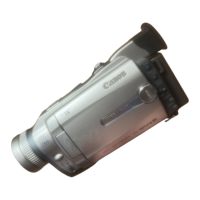
Do you have a question about the Canon 70 MC - ZR70MC MiniDV Digital Camcorder and is the answer not in the manual?
Grants personal, non-exclusive, non-transferable license to use software on a single computer.
Prohibits assignment, sublicensing, selling, renting, loaning, copying, translating, altering, or decompiling.
States all rights belong to Canon; user only owns the CD-ROM media.
Disclaims warranties and limits liability for damages arising from software use.
Agreement effective upon acceptance, remains until copyright expiration, terminable by non-compliance.
Defines software as a commercial item with specific rights for U.S. Government end users.
States no liability for errors/omissions; Canon reserves right to change specifications.
Lists registered trademarks of Canon and Microsoft, and other company product names.
Warns against playing CD-ROMs in incompatible players or at high volumes.
Explains camcorder operating modes and notes that manual screens may change.
Lists necessary items: Digital Camcorder, DV NETWORK SOLUTION DISK, DV (IEEE1394) Cable, Speakers/Headphones.
Specifies Windows XP, Windows Messenger 4.5+, digital camcorder, and UPnP router compatibility.
Lists OS, CPU, RAM, Disk Space, Display, Interface, and Other requirements for the software.
Enables camcorder use as card reader/writer via DV cable for file transfer.
Supports real-time video, sending movies, camcorder operation, and file transfer via Internet.
Lists compatible camcorders for features and provides download information.
Step-by-step instructions for installing DV Messenger from the provided disk.
Instructions for installing the AV/C Camera Storage Subunit-WIA Driver.
Guides users on how to prevent applications from starting automatically upon camcorder connection.
Procedure to remove the DV Messenger application from the computer.
Procedure to remove the AV/C Camera Storage Subunit-WIA Driver.
Steps to resolve problems encountered during driver uninstallation.
Important notes before connecting the camcorder to the computer via DV cable.
Step-by-step guide on connecting the camcorder's DV terminal to the computer's IEEE1394 terminal.
Important warnings regarding card access, cable removal, and power during downloads.
Step-by-step guide to download images/movies using the Wizard.
Alternative method to download images/movies using Windows Explorer.
Warnings about file name length, drag-and-drop limitations, and compatibility for uploads.
Step-by-step guide for copying files from the computer to the memory card.
Notes on powering camcorder, connecting via DV cable, and avoiding USB connections.
Steps to verify the camcorder is correctly connected and recognized by the system.
Explains the need to disable the firewall and provides instructions for doing so.
Instructions on how to launch DV Messenger and sign into Windows Messenger.
Guides on setting camcorder mode and using the Audio Tuning Wizard.
Steps to invite a contact or accept an invitation to start a video conference.
Explains the functions of the DVM panel buttons for controlling camcorders.
Describes the DV Messenger task and icon appearance on the Windows taskbar.
Lists the options available when clicking the DV Messenger icon in the taskbar.
Details which camcorders can be operated based on user and contact's camcorder types.
Highlights issues like interrupted video/sound and limitations in non-TAPE CAMERA modes.
Explains how to use zoom and focus controls in CAMERA mode.
Details how to send video/sound from tape and control tape playback remotely.
Guides on transferring files from the contact's memory card.
Warns that changing camcorder mode may affect audio/video settings, requiring reset.
Steps to stop camera, change mode, and restart camera for continued communication.
Steps to disconnect from a specific contact or end the conversation.
Procedure to close the DV Messenger application entirely.
Solutions for when the camcorder is not recognized by the computer via DV cable.
Steps to resolve issues where driver files cannot be located or copied.
Troubleshooting steps for when the computer cannot read images from the memory card.
Solutions for issues preventing file uploads to the memory card.
Resolves issues where the DVM panel fails to switch to CARD mode.
Solutions for when video is not shown in the Conversation window despite working on the camcorder.
Addresses problems where video is received, but audio is missing.
Checks speaker volume, device mute status, and microphone settings for sound problems.
Provides solutions for audio echo issues, recommending headphone use.
Addresses issues like mute settings, playback noises, focus button errors, camcorder power off.
Troubleshoots file transfer problems and inability to operate the camcorder remotely.
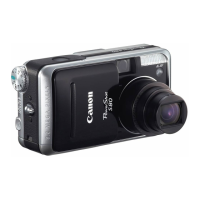
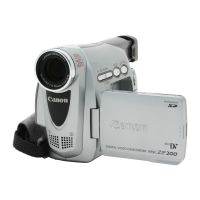

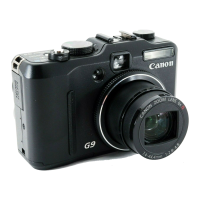

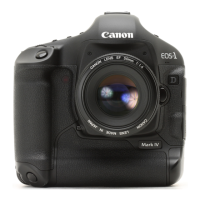
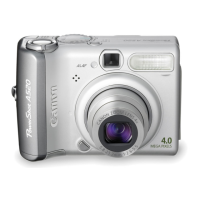
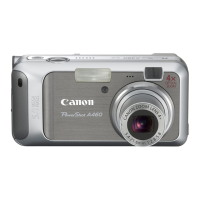

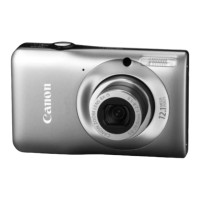
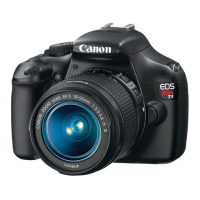
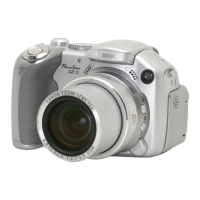
